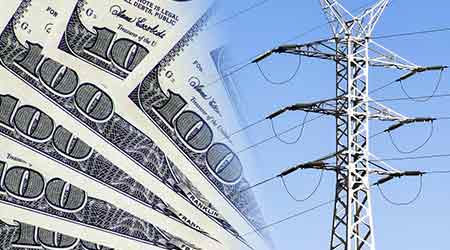How Special Rates, Deregulation Can Save FMs On Utilities Costs
If facilities meet special conditions, they may be eligible for special rates. As well, if they're located in a deregulated market, they can chose a power supplier, possibly saving money.
Special rates and economic development offer potential electric rate consideration. Special rates are developed to encourage or court desired businesses to an area. If some of a facility’s electric accounts (or buildings) could be considered as having these characteristics, they may be candidates for special rates. “Be flexible with your interpretation,” says Audin. “For example, ‘manufacturing’ may include software production.”
Special deals also are offered for economic development. “If your firm is considering an expansion that would create more jobs,” Audin suggests applying for an economic development rate. While the rate may last only 10 years, “it is money sitting on the table.”
Applying for economic development rates can be complicated and time consuming. “Consultants and some accounting firms will — for an appropriate commission — handle all the paperwork,” Audin says.
Deregulation benefits
Electricity is sold as a bundle of commodities and services. “Supply” is the raw energy and capacity from the generating plant. Supply is then “delivered” by the utility through its transmission and distribution networks.
Under deregulation, the supply part of a tariff is replaced by a contractual arrangement the facility has with its chosen power supplier. “Unlike dealing with a PUC-regulated utility, a retail supplier may allow a rate to float with the wholesale power market, or fix it for years, or some combination thereof,” explains Audin. “Where such options exist, about 80 percent of commercial and institutional customers now buy from competing power suppliers.”
State PUC websites list non-utility suppliers that are licensed to serve in their respective jurisdictions, along with contact information. Facility managers can contact these suppliers directly to request pricing information or do so more formally with a request for proposals.
Once a non-utility supplier has been selected, a power purchasing agreement is drawn up and signed. Under the agreement, the supplier uses the utility’s meter readings to calculate its supply bill.
Related Topics:














